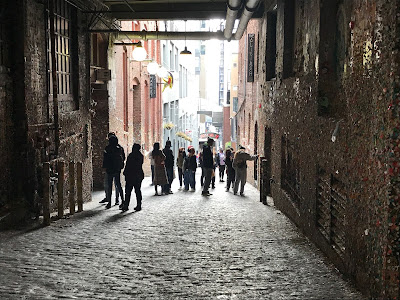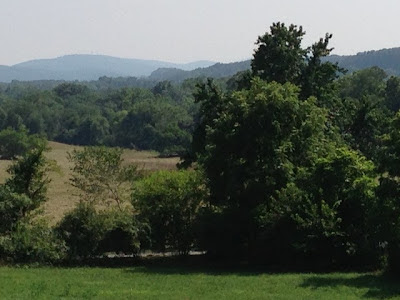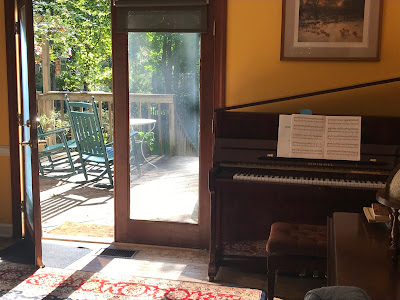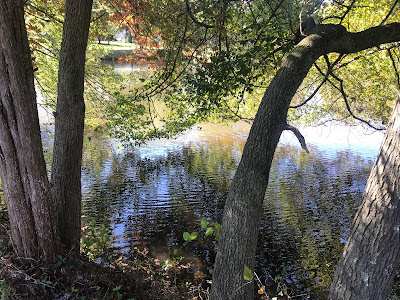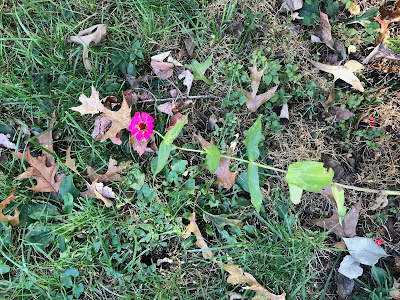Ewwww!
I took the photo because the light was slanting in from the east and turning all the people into dark forms walking. I took it because of the brick pavement and the lamps that looked like gaslights. I did not take it because the walls were covered with bubblegum. In fact, I didn’t even venture into the alley.
But after I returned, when I was looking through the photos I took on that trip, I realized that this was the famed Gum Wall of Post Alley, a Seattle attraction that I had so far missed but that the governor insists is his “favorite thing about Seattle you can’t find anywhere else.”
I learned that last tidbit from Wikipedia, which also informed me that the Gum Wall became a tourist attraction in 1999, was voted the second most germ-filled tourist attraction in the world a decade later (coming in second to the Blarney Stone) and that more than a ton of gum was removed in 2015 to clean the bricks below.
Experiencing the gum wall only in a photograph is a funny way to “view” this attraction, but given the general ickiness of the place, perhaps the most sanitary one.
